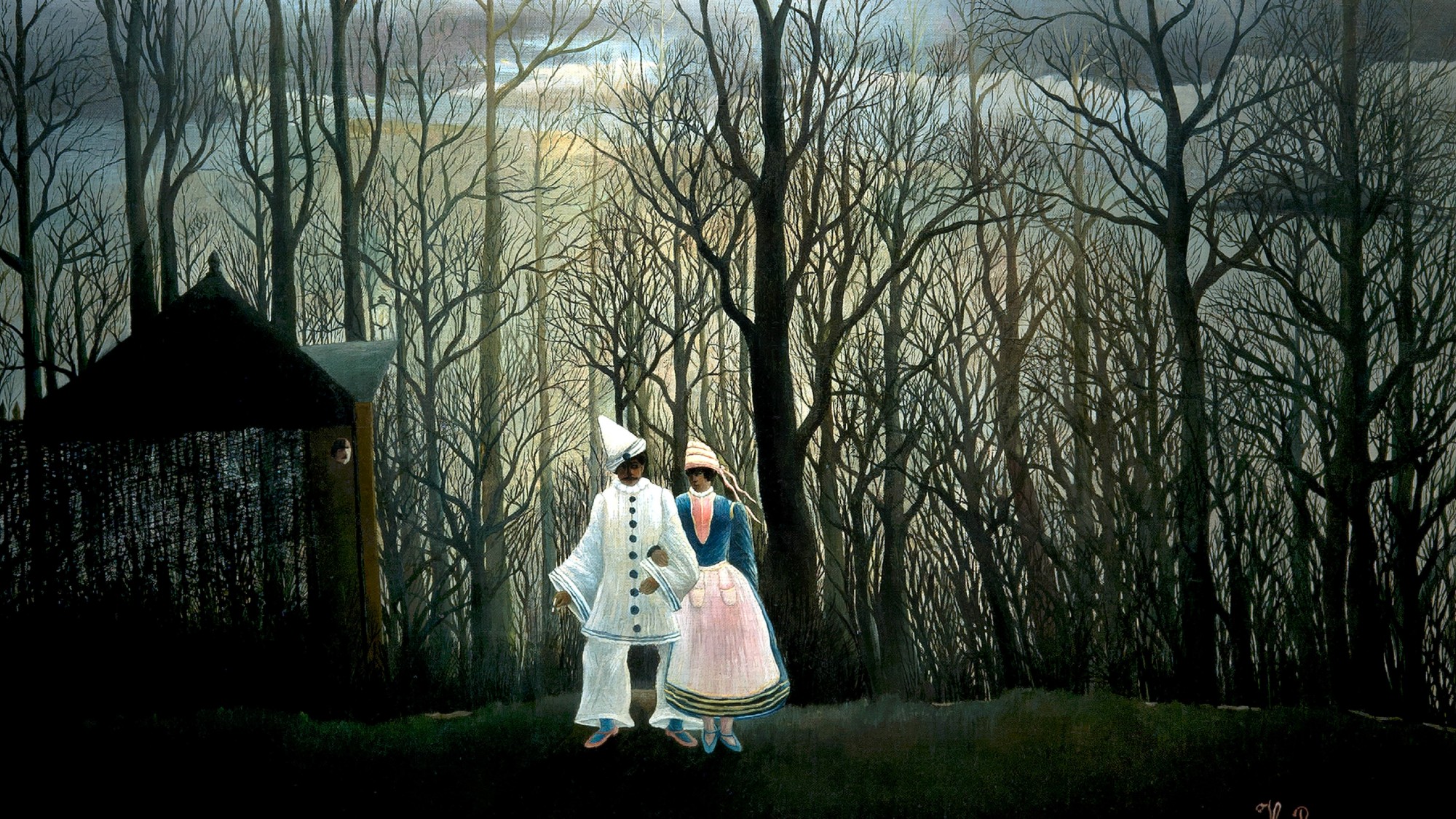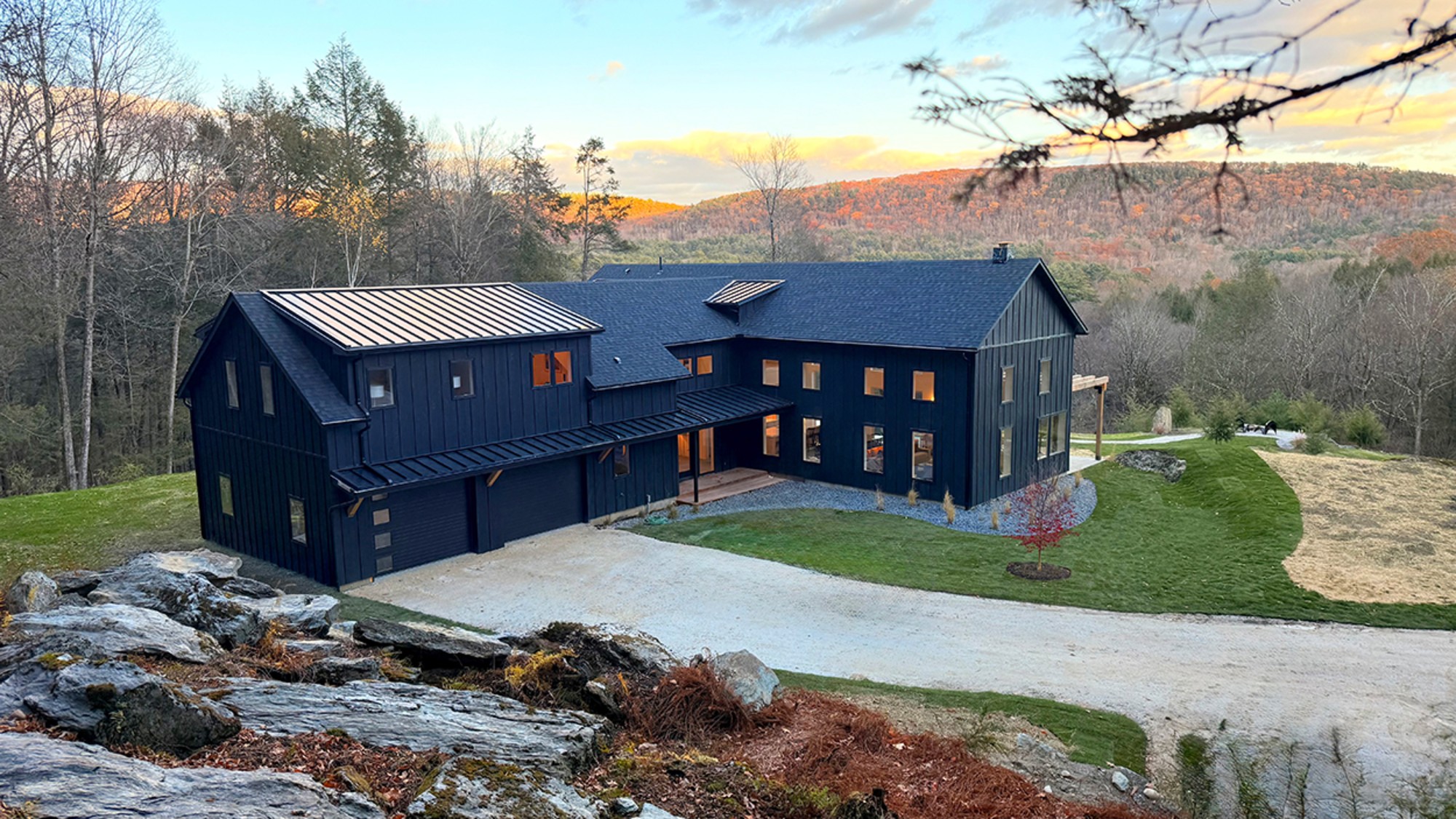Sickert: A Life in Art – macabre works tackling ‘the seedier aspects of urban life’
Works by painter best known for controversial Camden Town nudes displayed at Walker Art Gallery in Liverpool

Walter Sickert (1860-1942) detested the “effete” and decorous style of his late Victorian and Edwardian contemporaries, said Rachel Campbell-Johnston in The Times. The German-born British painter was determined to tackle the seedier aspects of urban life: drinkers, debtors, prostitutes.
His “most controversial contribution” to British art is the series of “sordid psychological studies” known as the Camden Town nudes. Inspired by the notorious “Camden Town murder” of 1907 – a young woman was found dead with her throat cut – he painted “women lying slumped or spreadeagled on squalid iron beds in dimly lit London rooms”.
These macabre works even gave rise to the “improbable” rumour, first circulated by a man claiming to be his son, that Sickert had committed the Jack-the-Ripper murders. But as this fascinating chronological tour of his career in Liverpool shows, Sickert’s work rises above the lurid “true crime” theories.
The Week
Escape your echo chamber. Get the facts behind the news, plus analysis from multiple perspectives.

Sign up for The Week's Free Newsletters
From our morning news briefing to a weekly Good News Newsletter, get the best of The Week delivered directly to your inbox.
From our morning news briefing to a weekly Good News Newsletter, get the best of The Week delivered directly to your inbox.
He was a “bravely modern” artist of great talent, effortlessly flitting “from portraits to townscapes to theatrical subjects and landscapes, from architectural paintings to domestic interiors to nudes”.
It’s no wonder, though, that Sickert was mistaken for the Ripper, said Jonathan Jones in The Guardian. He even referenced the killer in the title of a painting of his own flat, the “spooky, sensual” Jack the Ripper’s Bedroom (1906-07). Beyond this, his art is loaded with “hints of evil”: depictions of London music halls like Gallery of the Old Bedford (1894-95) have a ghoulish quality completely at odds with the jolly subject matter, hinting at some latently “savage sexuality”.
His nudes have the air of corpses – faces obscure, mouths rendered as black holes. Even his scenes of Venice transform the city – normally a pleasantly anodyne subject for artists – into an “architectural morgue”.
We should take Sickert’s dramatic paintings with a pinch of salt, said Alastair Sooke in The Daily Telegraph. Before committing himself to art, he was an actor– and “he never lost his taste for the theatrical”. His art brims with “melodrama”: an early self-portrait of 1896 sees him “gobbled up by shadow”, his skin “disintegrating”; elsewhere, we glimpse him in costume, sporting spectacles that “he didn’t need”, and even a chef’s hat.
A free daily email with the biggest news stories of the day – and the best features from TheWeek.com
The Camden Town nudes, meanwhile, show a canny appreciation of the “career-accelerating power of notoriety”. Yet however stagey they might seem, these paintings have great art-historical importance. Without Sickert’s “dirty” realism, “there’d be no Bacon, no Freud, no Auerbach”. This is “a tremendous show”.
Walker Art Gallery, Liverpool (0151-478-4199, liverpoolmuseums.org.uk). Until 27 February 2022
-
 Will there be peace before Christmas in Ukraine?
Will there be peace before Christmas in Ukraine?Today's Big Question Discussions over the weekend could see a unified set of proposals from EU, UK and US to present to Moscow
-
 Quiz of The Week: 6 – 12 December
Quiz of The Week: 6 – 12 DecemberQuiz Have you been paying attention to The Week’s news?
-
 The week’s best photos
The week’s best photosIn Pictures A man's best friend, the elephants in the room, and more
-
 It Was Just an Accident: a ‘striking’ attack on the Iranian regime
It Was Just an Accident: a ‘striking’ attack on the Iranian regimeThe Week Recommends Jafar Panahi’s furious Palme d’Or-winning revenge thriller was made in secret
-
 Singin’ in the Rain: fun Christmas show is ‘pure bottled sunshine’
Singin’ in the Rain: fun Christmas show is ‘pure bottled sunshine’The Week Recommends Raz Shaw’s take on the classic musical is ‘gloriously cheering’
-
 Holbein: ‘a superb and groundbreaking biography’
Holbein: ‘a superb and groundbreaking biography’The Week Recommends Elizabeth Goldring’s ‘definitive account’ brings the German artist ‘vividly to life’
-
 The Sound of Music: a ‘richly entertaining’ festive treat
The Sound of Music: a ‘richly entertaining’ festive treatThe Week Recommends Nikolai Foster’s captivating and beautifully designed revival ‘ripples with feeling’
-
 ‘Furious Minds: The Making of the MAGA New Right’ by Laura K. Field and ‘The Dream Factory: London’s First Playhouse and the Making of William Shakespeare’ by Daniel Swift
‘Furious Minds: The Making of the MAGA New Right’ by Laura K. Field and ‘The Dream Factory: London’s First Playhouse and the Making of William Shakespeare’ by Daniel SwiftFeature An insider’s POV on the GOP and the untold story of Shakespeare’s first theater
-
 Henri Rousseau: A Painter’s Secrets
Henri Rousseau: A Painter’s Secretsfeature Barnes Foundation, Philadelphia, through Feb. 22
-
 Homes with great fireplaces
Homes with great fireplacesFeature Featuring a suspended fireplace in Washington and two-sided Parisian fireplace in Florida
-
 Film reviews: ‘The Secret Agent’ and ‘Zootopia 2’
Film reviews: ‘The Secret Agent’ and ‘Zootopia 2’Feature A Brazilian man living in a brutal era seeks answers and survival and Judy and Nick fight again for animal justice
